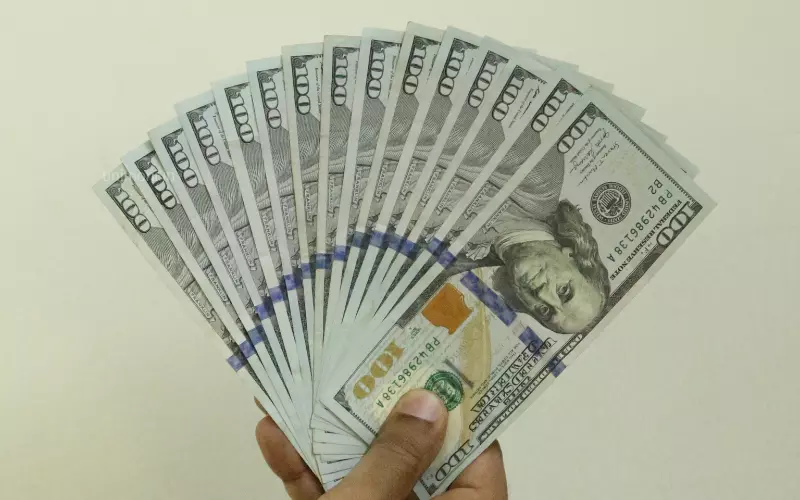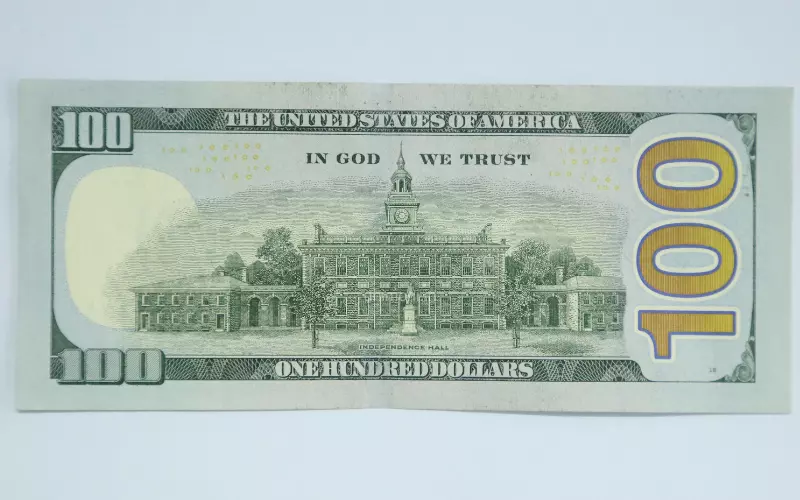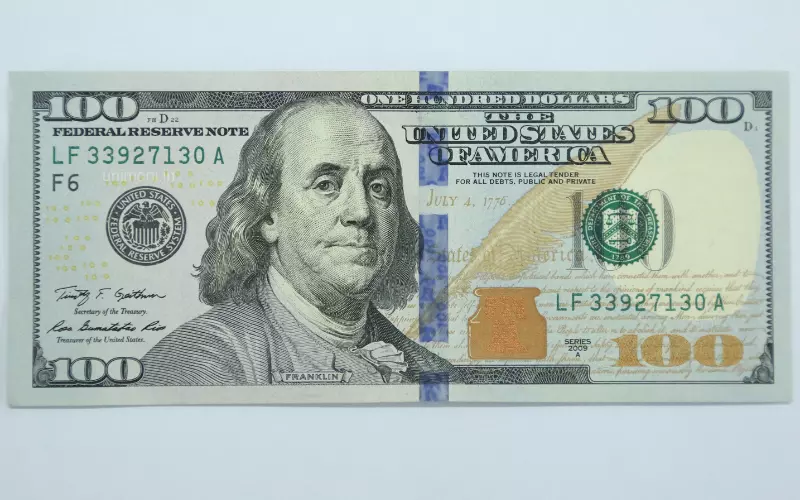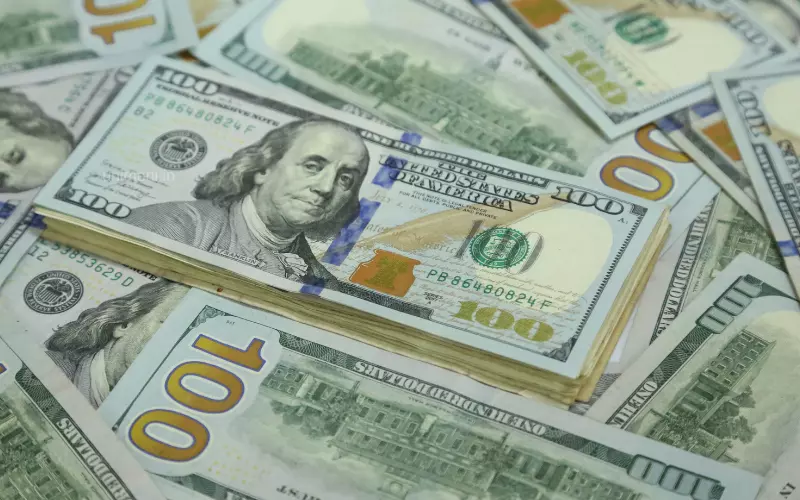The Reserve bank of India issues fresh currencies every year, marking the Indian heritage with enhanced features. It is the asset of a country. These currencies and banknotes show the strength and wealth of a nation.
But there are fake notes which look like exact copies of the original ones in the market. Identifying and spotting these counterfeit notes saves you from getting into the hands of the law. This blog is all about Identifying fake U.S. Dollars.
What is counterfeiting?
Counterfeiting currency or bank notes is making or issuing the exact copy of the original currency without the legal sanction of the government. It is one of the oldest techniques of forgery to deceive the recipient. Producing and distributing it is an illegal activity.
Counterfeiting adversely affects society. It reduces the value of real money. The high circulation of money in the market increases the prices of groceries and goods. The person receiving the money never understands the faking and loses all the money. In addition to that, the recipient will be penalised.
Today there are a number of anti-counterfeiting measures taken to identify duplicating fake currencies. One should always check the currencies for their originality. This blog is all about The US Dollars and identifying fake bank notes.
U.S. Dollars
U.S. Dollars, or USD, is the official currency of the United States of America & its territories. It is represented by the symbol US$ or simply $(Dollar). USD is the standard/benchmark currency used for transactions across the world. It is the most used currency in the world and has a diverse history. USD has its index in the world economy known as USDX. Much trading happens in USD as it is the most stable currency in the world.
After the Coinage Act of 1794, The first silver coin was issued. A central bank was founded by the Federal Reserve Act of 1913 to aid in tracking shifts in the nation’s financial needs. The Federal Bank issued a new currency called Federal Reserve Notes. The design remained the same until 1996 to prevent counterfeiting or faking currencies, a new series of improvements were introduced for the next 10 years.
Best ways to identify counterfeit U.S. Money
There are many ways to identify counterfeit currencies. Each Federal Reserve note contains several identifiers (indicators), and this article outlines all the important identifiers used to identify authentic U.S. currency notes. There are many methods to identify fake notes. Some are mentioned below:
Hold the currency up to the light:
- Hold the currency up to the light to see a thread running from top to bottom for currencies except $1 and $2. It is usually seen in visible light. The thread is embedded, not printed, on the note, which runs vertically left to the sign of the Federal Reserve Seal.
- The printing should start with “USA” and then the currency denomination, written out for $10 and $20 currencies but shown in numbers for $5, $50, and $100 banknotes. These threads are positioned differently on each denomination to prevent lower-denomination banknotes from being bleached and reissued as higher denominations.
- The writing on the note should be readable from the front or the back. It should also only be visible in comparison to a light source.
Usage of U.V. black light:
- You can identify fake notes by using black U.V. lights. Each banknote should glow a particular colour under the U.V. light. $5 shows Blue colour, $10 shows Orange, $20 shows Green, $50 should have Yellow colour and $100 a pink shade. If the strip shows white colour, it is a counterfeit.
Checking the watermark:
- Hold the currency you received to the natural light and see a watermark of the image portrayed on the currency. The watermark is on the right side of the currency and should be visible from both sides.
Examine the colour-changing ink by tilting the banknote:
- Ink that appears to change colour when the banknote is tilted is known as colour-shifting ink. On $100, $50, and 20 dollar currencies from the series 1996 and beyond, as well as on $10 currencies from 1999 and later, you’ll find colour-shifting ink. This feature is not yet available for bills of $5 and less. In subsequent redesigns of the bills, the colour switches from copper to Green, contrary to how it once looked to transition from Green to black.
Identify the micro-printing:
- Micro-printing on currency is tiny writings that are very difficult to read with the naked eye. Since micro-printing is challenging to imitate, counterfeits typically lack it. The letters or numerals on counterfeits with microprinting are evident. The microprinting will be sharp and legible on the actual currency.
Judging by Observation:
- Fake currencies lack details and will be relatively flat. This is because printing currencies is quite a task unknown to the person replicating it. So it is extremely difficult to replicate. A lot of improvisation is needed in replicating the currency, ultimately finding it out at first sight.
- Always look for fuzzy or unclear printing in small regions like borders. Regular offset printing and digital printing are the two most common methods for printing currencies, and counterfeiters cannot mimic the printing processes used to produce real U.S. currency.
- Tiny red and blue fibres are present in the USD. Counterfeiters will occasionally print or draw these strands to replicate them. The blue and red threads will appear to be printed on the paper rather than being a natural component.
Checking the border:
- The outermost border will be unbroken and even in real currency. On real money, the saw-tooth points of the borders on the Federal Reserve and Treasury seals should be distinct and crisp. A fake note frequently has sealed with uneven, cracked, or dull saw-tooth points.
- Seek out any bleeding ink. The border ink on a false bill occasionally bleeds because real and fake money is printed using different printing techniques.
Identifying the portrait:
- By closely looking at the portrait, you can determine if the currency is fake or not. The image usually stands out from the background on a real bill. The colour of the face often blends too much with the fake currency.
- With a magnifying glass, pay great attention to the portrait’s rim. Along the sides of the portrait, the words “THE UNITED STATES OF AMERICA” should be repeated. This is challenging to duplicate.
Look for the serial number:
- Ensure the two serial numbers are located on either side of the note. Look at it and see if the serial number matches on either side.
- Observe the colour of the serial number on the currency and compare it to the treasury seal.
- Fake currencies have a gap between serial numbers.
Identify by Touch:
- The texture of the actual currency is different from the fake currency. The real note is made from linen and cotton, whereas the fake one is from normal paper.
- The original currency has a raised ink (Intaglio Printing), so you can touch and feel the currency if it is an original one.
- Examine the vest of the bill in the portrait with your fingernail. There need to be recognisable ridges. Counterfeiters do not imitate this.
Look at the thinness of the currency:
- The original currency is a bit thicker, and the texture is not like regular paper. You can feel the paper by holding it. The person’s duplicating the currency can never copy it.
Epilogue
Faking currency is an illegal activity. It is banned under any law. Thoroughly checking for the currency after receiving it must be everyone’s responsibility, as it can avoid further complications.
Counterfeiting USD is a severe offence. It can be identified by different means. Immediately surrender the note or currency to the concerned authority to avoid cases. Always avoid using such Banknotes as they can circulate in society without any value causing inflation.


















